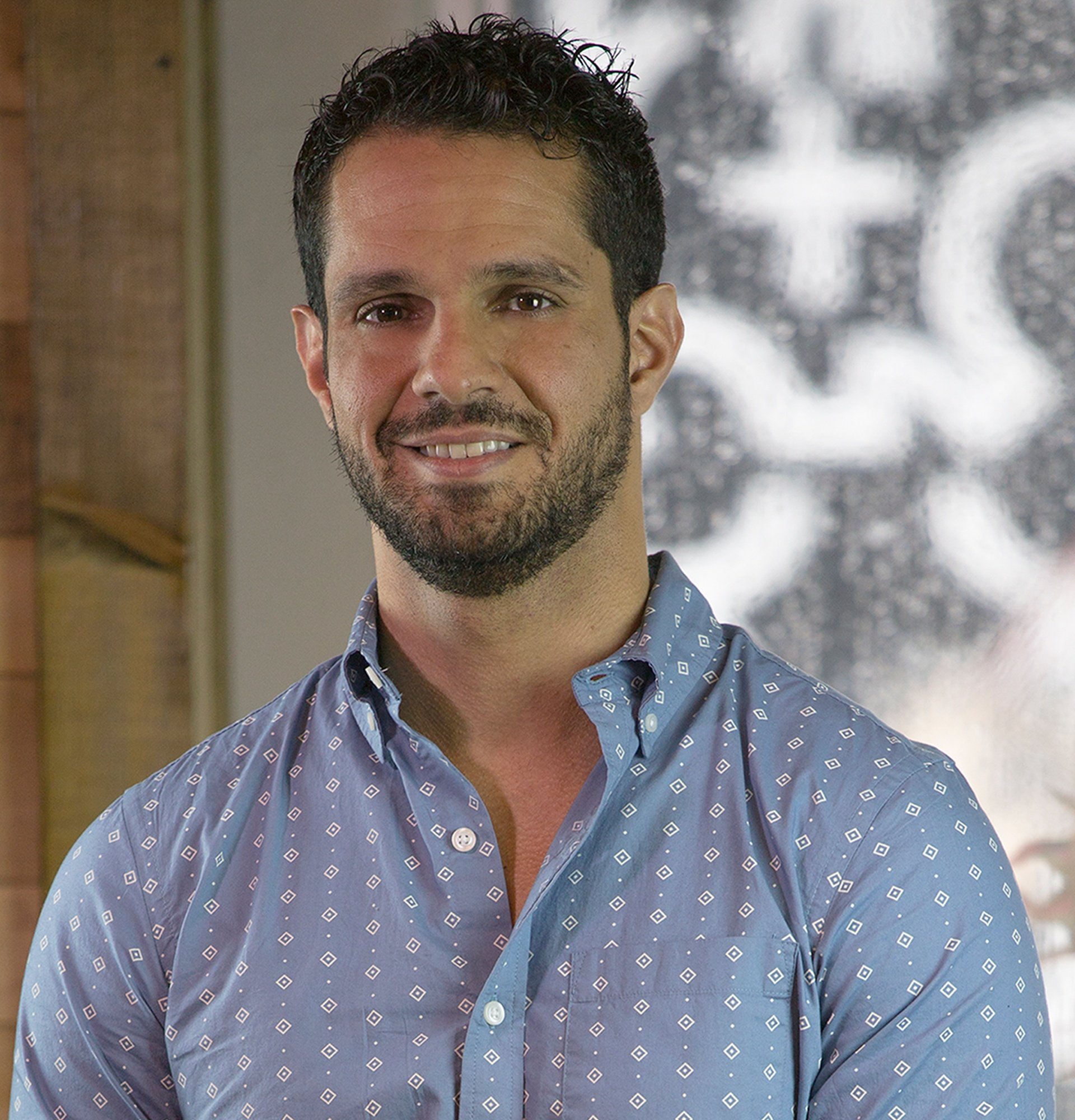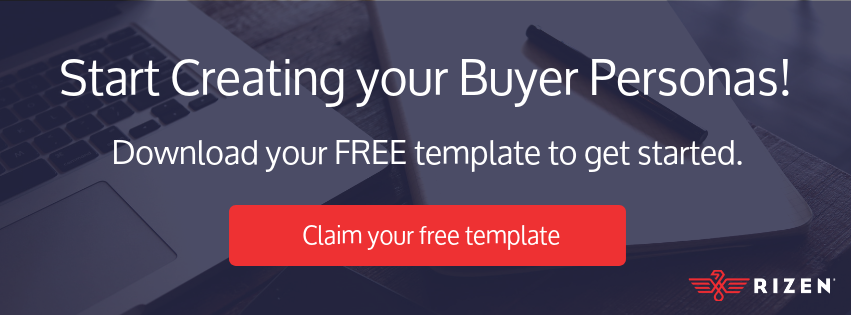So. You want to sell your product or service and increase sales? You need to figure out who your ideal customer is and how to reach them! It’s all about catching flies with honey. Horses with apples. Pretzels with mustard. You get the idea. To sell to your customers, you need to know them.
So how well do you know your audience? You may have some information that you’ve gleaned from forms, conversations, and purchase information. Now you need to organize it so you can use this data effectively. That’s where the buyer persona comes in.
What Are Buyer Personas?
Buyer personas (also called customer profiles) are fictional, generalized representations of your ideal customers. They embody all the information you need to truly know how to reach a specific type of consumer. In short, they help you understand your audience. This persona will drive how you create your content, the products you create, your sales strategies, and any other function that relates to attracting and retaining customers. Don’t worry though. Creating a buyer persona is easier than it sounds!
Start With a Data Dive

Buyer personas can be built through gathering data you already have and creating opportunities for your audience to share even more information about themselves. So let’s start with the information you probably already have to start building that profile!
Step 1: Research Your Existing Contacts Database
Begin your information quest by sifting through your existing contacts database to find any trends about how past leads or customers find and consume your content. Are they reading blog posts on your website? Do they open the emails you send? Are they engaging on social media? Which platforms are most effective? Where are your buyers mostly located geographically? These are just some of the questions you should be asking while looking for trends among your existing customer base. And if you’re not using software that provides these insights, get on the ball and find one that will!
Step 2: Talk to Your Marketing and Sales Teams
Sometimes the best way to find out about a horse is to go straight to the horse’s mouth! You’d be surprised how much insight your existing employees have on customer data and trends. So gather and use that information! Gather feedback from both marketing and sales on the leads they're interacting with most. Find out what generalizations can they make about the types of customers you have been and are serving.
Create Opportunities for Customer Feedback

Now that you’ve gathered some baseline information from looking at existing data, now it’s time to engage with your audience to find out more! The most effective way to do this is by conducting interviews. You won’t find a better way to identify your target audience’s backgrounds and behaviors.
Step 3: Interview Existing Customers
It’s good to start with the group you’ve already (mostly) delighted. Existing customers. These are the people that already drank the Kool-Aid and are looking for a second helping. Their satisfaction with your product or service is a good indicator they’ll be willing to provide you more information to improve a company they already support.
You should also provide an opportunity for the “unhappy” customers to share their feedback as well. If you’re only gathering information from the satisfied client base, you're missing out on a big opportunity to view the full picture of your buyer. When it comes down to it, customers like being heard, whether it’s positive or negative. Providing an interview opportunity gives them a chance to tell you about themselves, their challenges, and their opinions of your product or service. Who knows? By letting customers know you value their feedback and will use it to improve you may create an opportunity to further build loyalty to your brand.
Step 4: Interview Potential Customers
Future buyers are also referred to as “leads” or “prospects” and can also provide valuable feedback when given the opportunity. These are people who have interacted with you in some way, whether they’ve read a blog post, downloaded some content, signed up for a newsletter, or initiated a chat with a service rep. Even though they haven’t made a purchase yet, the can help provide more pieces to completing the puzzle of who your ideal customer is. Don’t forget, the buyer persona is the result of identifying trends from ALL the data you’ve collected!
Step 5: Additional Data-Gathering Sources (Optional)
If you’re a brand new company or just need a larger base to gather information from, you can consider two additional options, although the data won’t be as valuable as the organic info you collect from leads and customers, it can still help you accomplish your goal of building out an effective buyer persona.
- Personal Referrals - Reach out to your own network of contacts to find interview candidates. Contact co-workers, mentors, friends from school, or even social media contacts and ask them to help you find people who would be willing to interview.You won’t get a lot of information this way, but you should receive a good amount of quality feedback from people connected to your circle of contacts.
- Social Networks - Another great tool for finding interview candidates is LinkedIn. You can easily use the search people to identify candidates based on location, industry, or interest area. Reach out to them with an interview opportunity and see what happens!
- 3rd Party Services - Paid platforms like Bridge and UserTesting allow you to run user feedback requests for a fee. While it’s a less accurate option, it will reveal some useful insights to add to your growing buyer persona project.
Increasing Feedback Success
When sending out interview requests to any of the groups mentioned about, here are a few tips for getting a better response rate:
1) Start By Explaining the Purpose. If people think you’re calling to sell them something, they’ll immediately disengage. That’s traditional marketing tactics, and we are not fans of those methods. Explain right up front that you're thankful for their interactions with your company in the past and you’re conducting research to improve your brand. Inform them your query will be short and to the point as well!
2) Provide a Reward for Their Time. This would apply mostly when contacting potential customers, but provide an incentive to participate in your interview It could be a coupon for your product or a gift card. A simple show of gratitude will go a long way towards increasing your participation rate!
While you may not need them in all scenarios (e.g. customers who already want to talk to you), incentives give people a reason to participate in an interview if they don't have a relationship with you. A simple gift card (like an Amazon or Visa credit card) is an easy option.
3) Use Multiple Avenues of Engagement. While a phone call is the most direct option, some people just don’t react well to this method. When asking for feedback, use multiple options to get more people to participate. Send an email with a link to an online form. When calling, let them set up the interview time so it’s most convenient for their schedule. Post your survey on social media. Identify at least three ways people can participate in your data-gathering project and you’ll see even more feedback come in!
What to Ask Your Interviewees
You have a limited amount of time and attention to deal with when people provide feedback, so you need to make every question count! There are six important categories you’ll want to cover to create the ideal buyer persona, so use our questions (or the general ideas) as a template.
Occupational Background
- What industry is your company located?
- What is the size of your company?
- What is your job title/role?
- What skills do you need to possess to be successful at your job?
- What tools/resources do you use daily at your job?
- What titles/departments do you report to? Who reports to you?
- How do you learn about new information for your job?
- What associations/professional networks are you a part of?
Demographics
- Age
- Gender
- Ethnicity
- Marital status
- Children?
- Educational background
- Income range
Goals
- How do you measure success?
- What do you consider your primary responsibilities in life?
Challenges
- What are your biggest challengers personally/professionally?
Shopping Preferences
- How do you prefer to interact with stores/services you frequent? (phone, email, social media, chat, in-person)
- Do you use the internet to research vendors or products? If yes, how do you search for information?
- Describe a recent purchase. How did you reach the conclusion to use that product/service?
Our Role
- How can our product/service help you achieve your goals?
- How can our product/service help you overcome your challenges?
Using Your Data to Craft a Buyer Persona
Once you've completed the data-gathering process, it’s time to take all that feedback and look for patterns and trends. Your goal is to create at least one buyer persona from the information you synthesize.
You’ll want to give your buyer persona a snazzy name like “Wally Watersports” or “Alice Adventure” to summarize the type of buyer you’ve discovered. This persona will represent a specific type of customer that data supports is a strong candidate to pursue.
Now you have a foundation to better guide both marketing and sales plans. By taking the time to understand who your buyer is, you’re not just wasting money and resources trying to attract the wrong people! While it may be time-consuming at first, creating buyer personas as a beginning step in your inbound journey is a smart investment to make.
Learn more about ways to attract and build meaningful relationships with your customers with our Inbound Marketing guide.
If you’d like to hear more about buyer personas and inbound sales and marketing, check out our Inbound Academy podcast.
So what are you waiting for? Claim your complimentary templates below and connect with Rizen today!





![Reignite Your Millennial Marketing Efforts With These [On Fleek] Ideas](https://blog.gorizen.com/hs-fs/hubfs/Podcast/009%20-%20Millennial%20Marketing%20Blog.gif?length=600&name=009%20-%20Millennial%20Marketing%20Blog.gif)


No Comments Yet
Let us know what you think